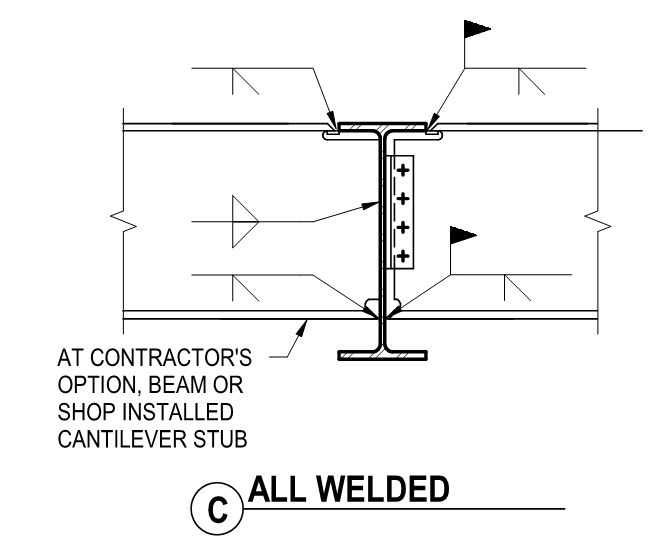Veer007
Civil/Environmental
- Sep 7, 2016
- 379
Hi All,
I have been working with AISC standards for years and recently I had a suspicion, is the welded-bolted combination structurally acceptable? Especially for the moment connection when I got a detail from the engineer, the flange was welded but the web is bolted. I hope the web bolts should atleast be slip critical, however I am not satisfied with this, please provide your valuable feedback.

Thanks in advance!!
I have been working with AISC standards for years and recently I had a suspicion, is the welded-bolted combination structurally acceptable? Especially for the moment connection when I got a detail from the engineer, the flange was welded but the web is bolted. I hope the web bolts should atleast be slip critical, however I am not satisfied with this, please provide your valuable feedback.

Thanks in advance!!
